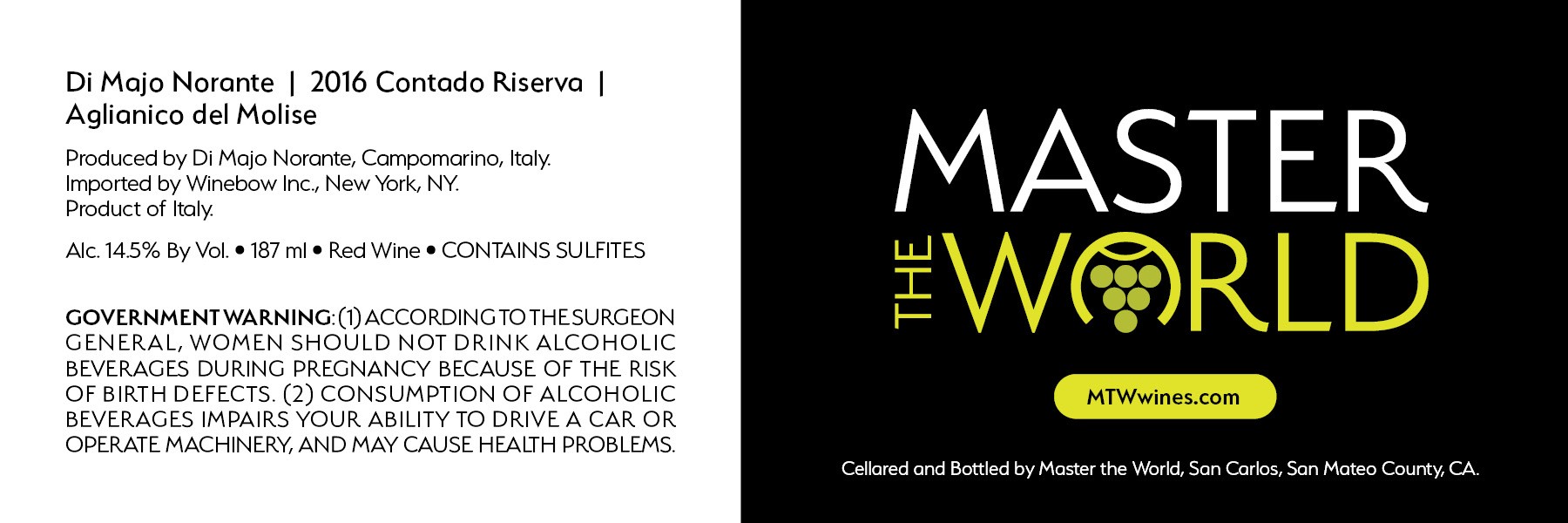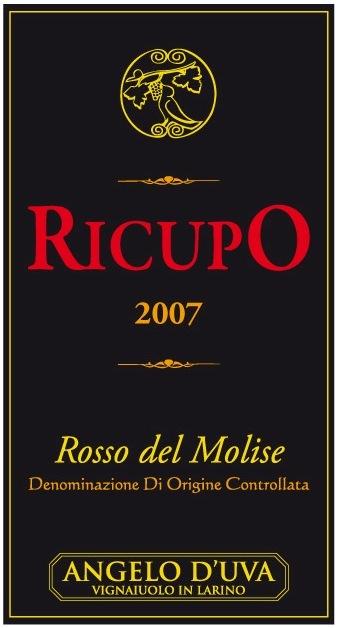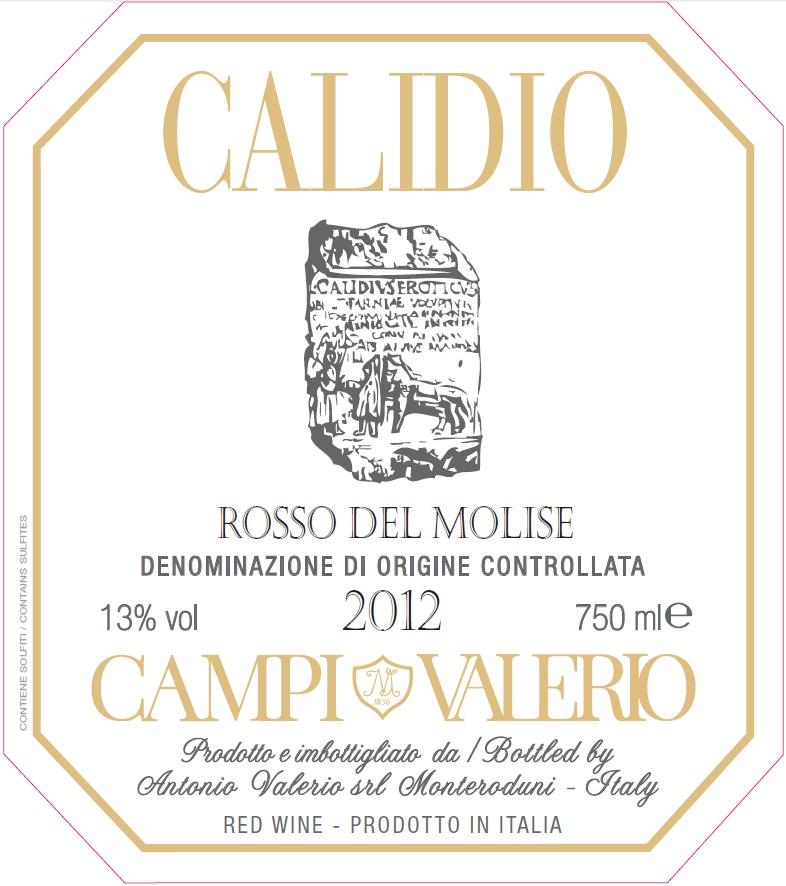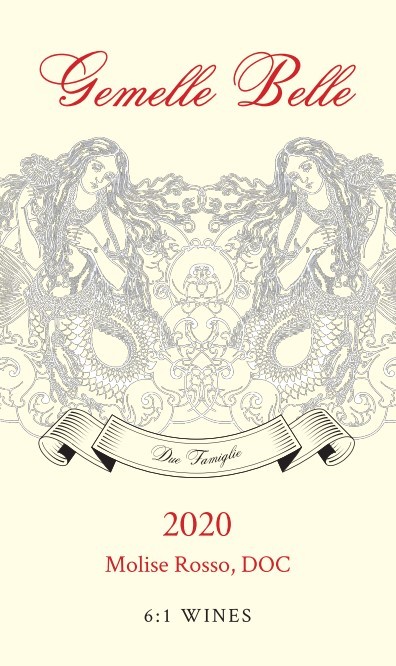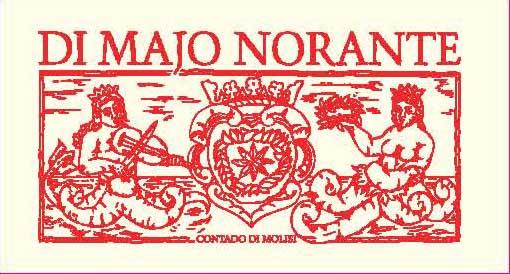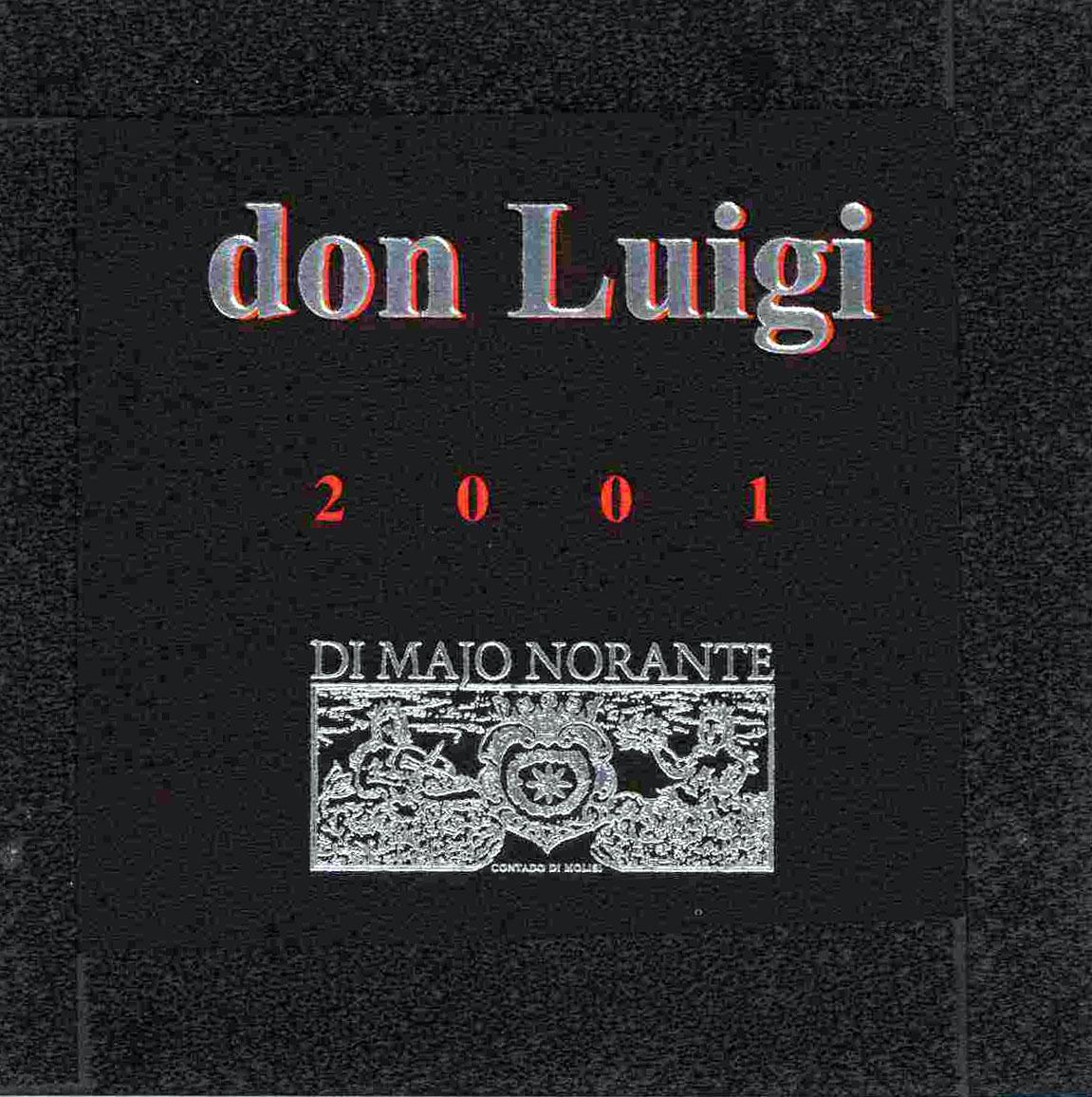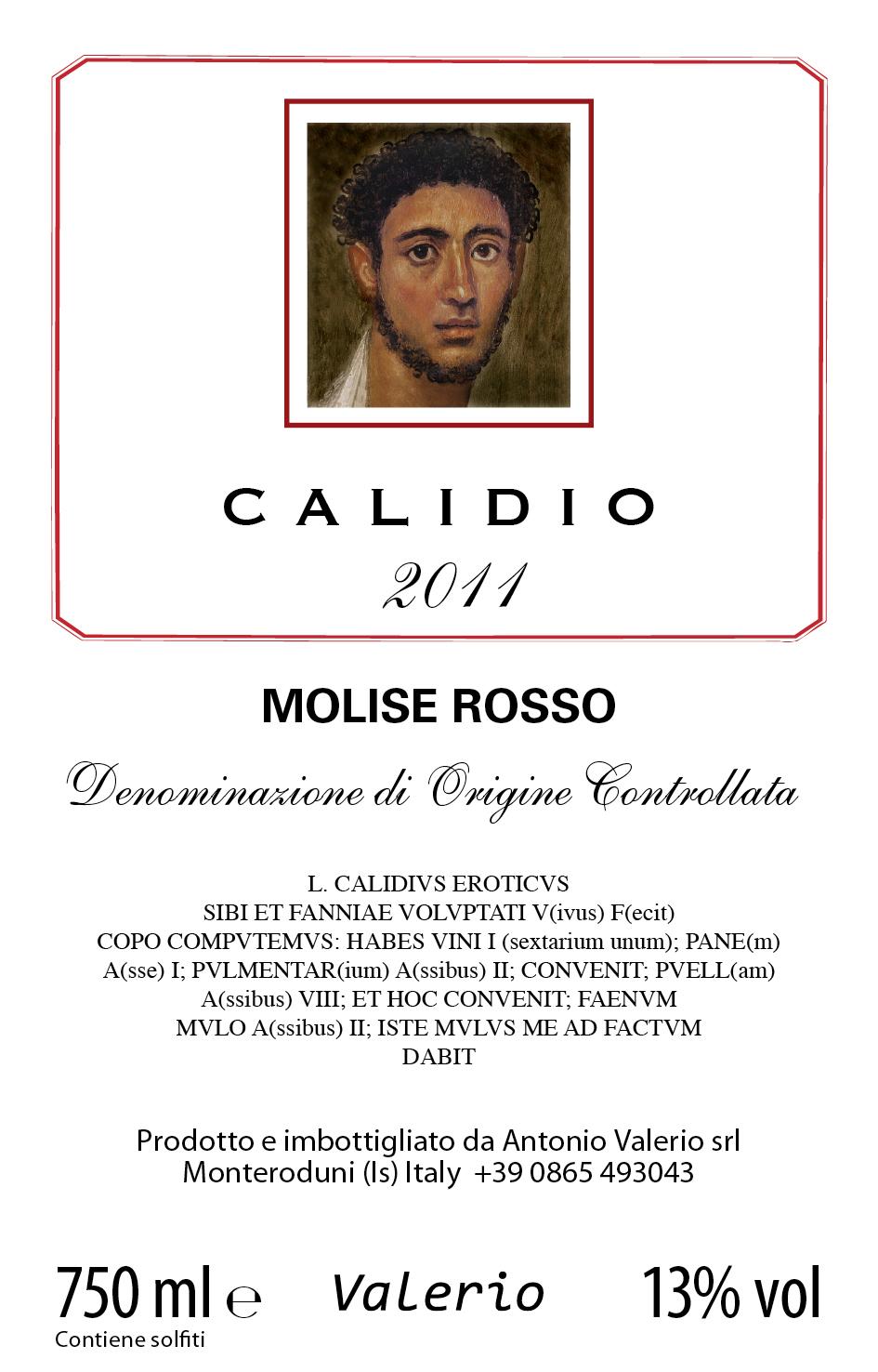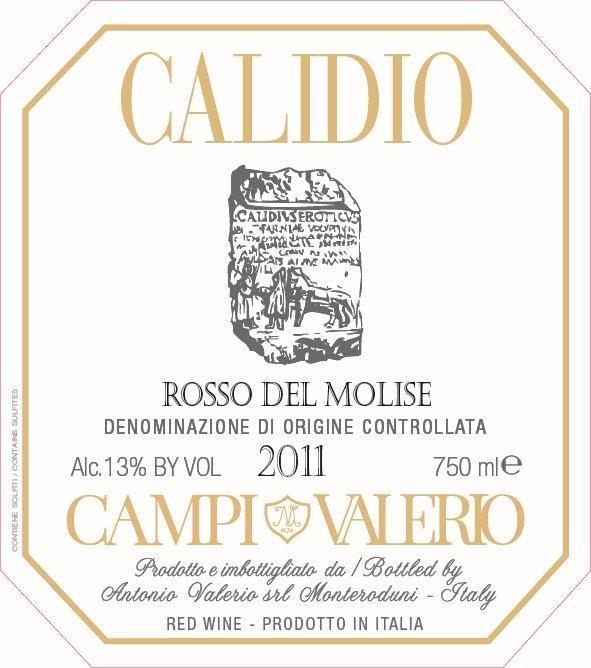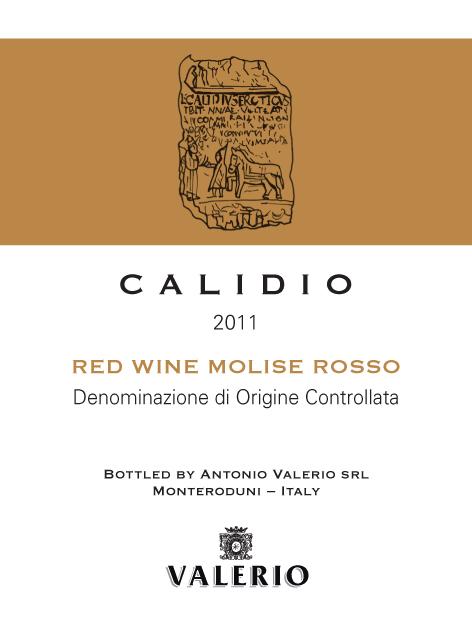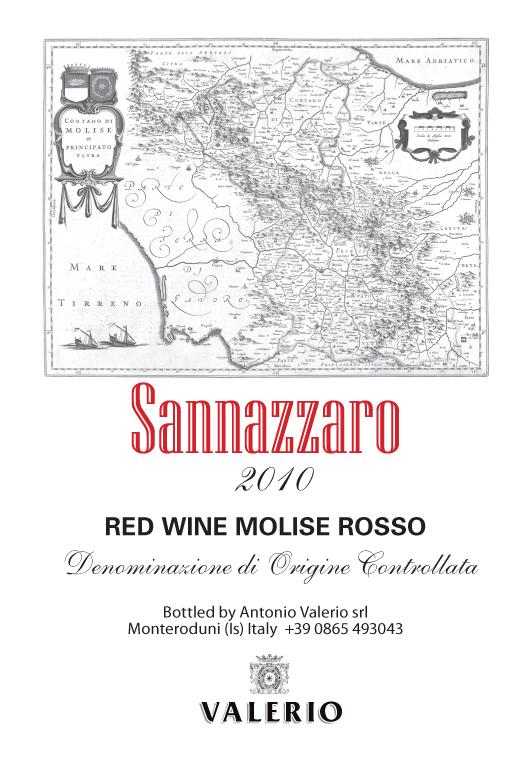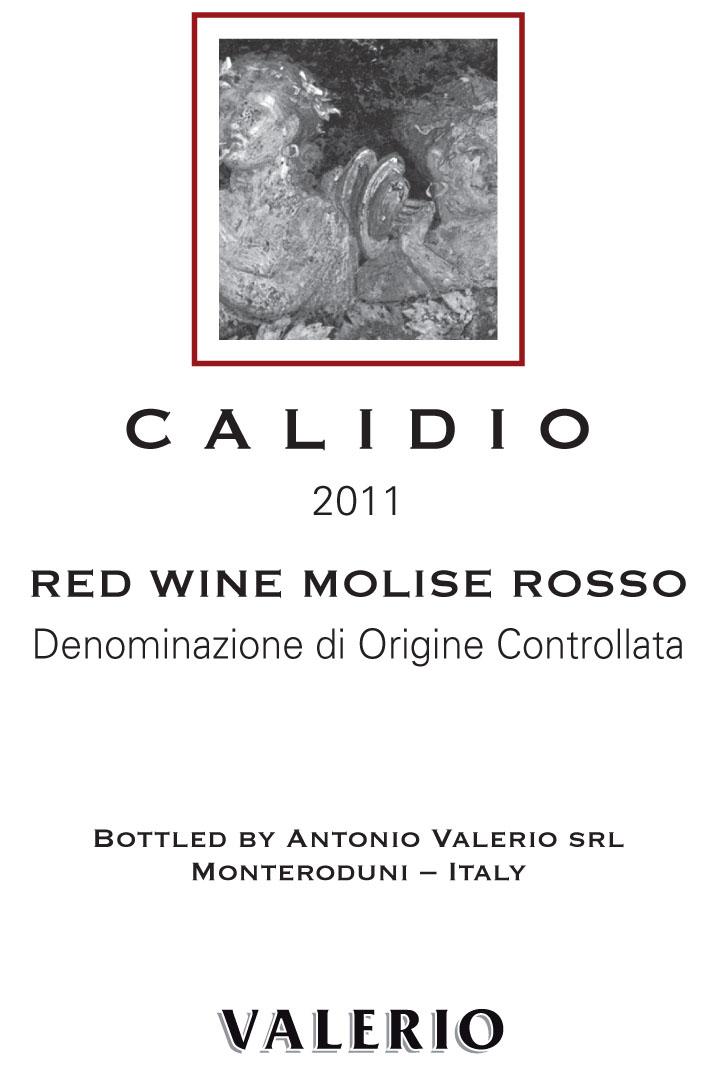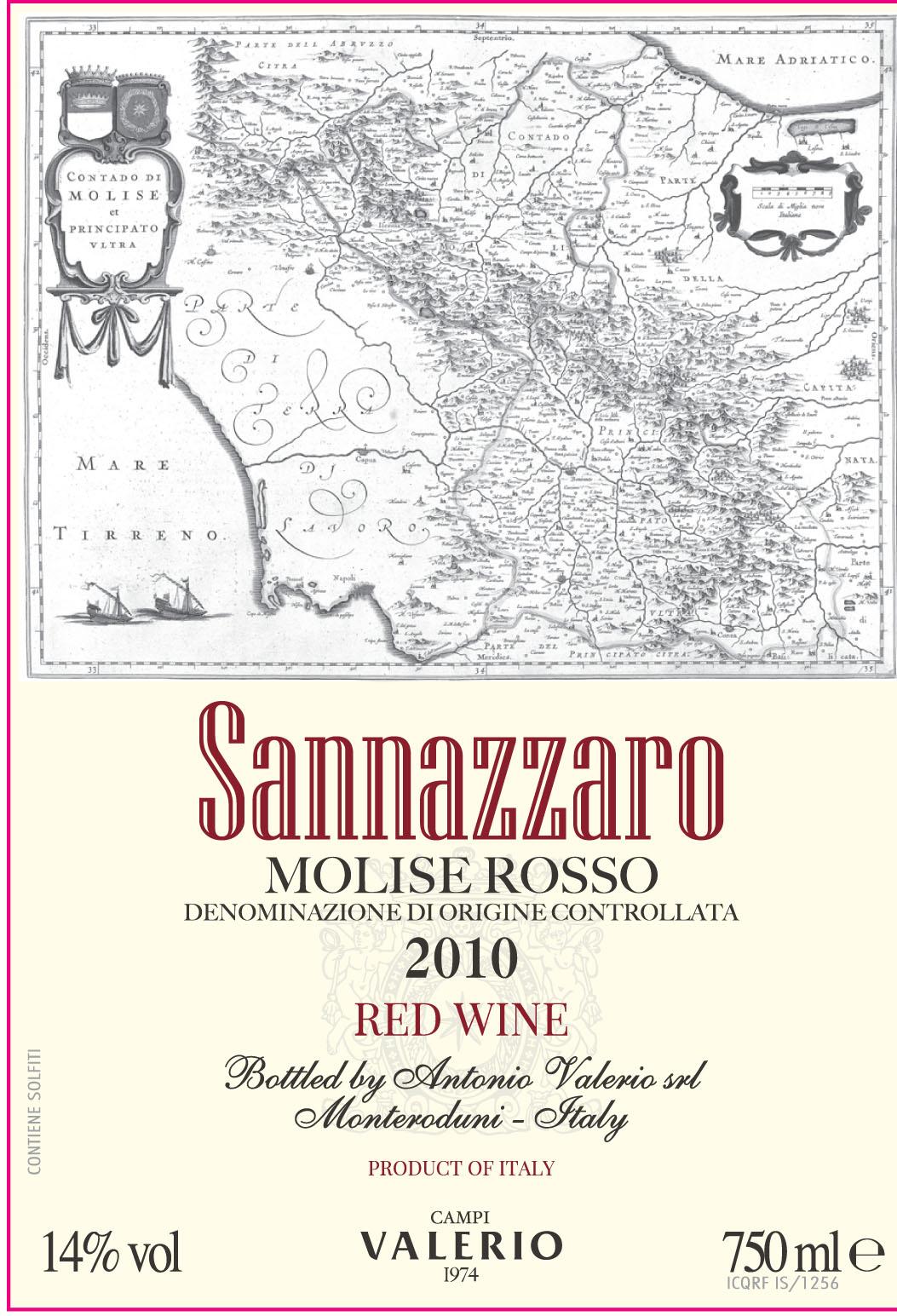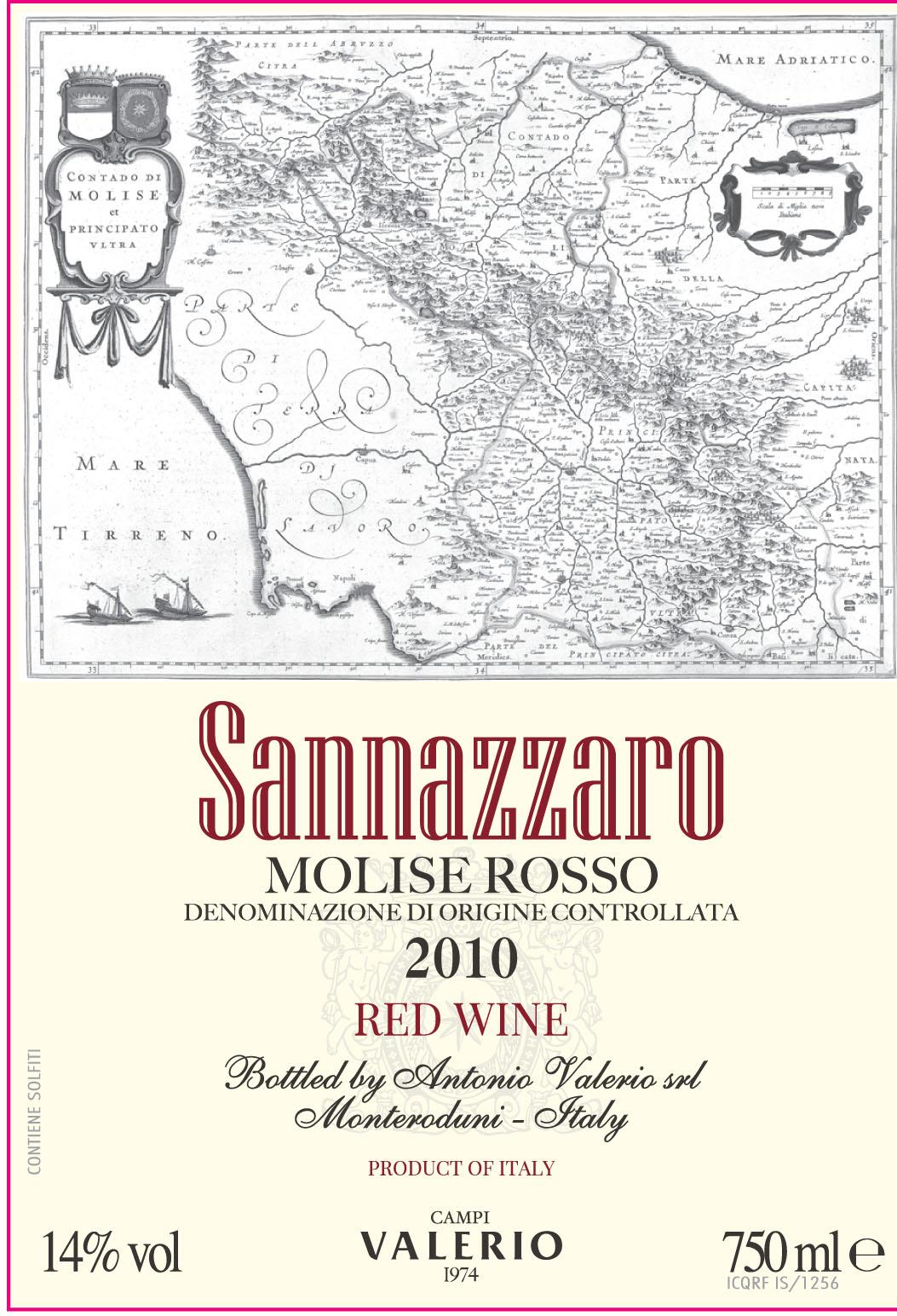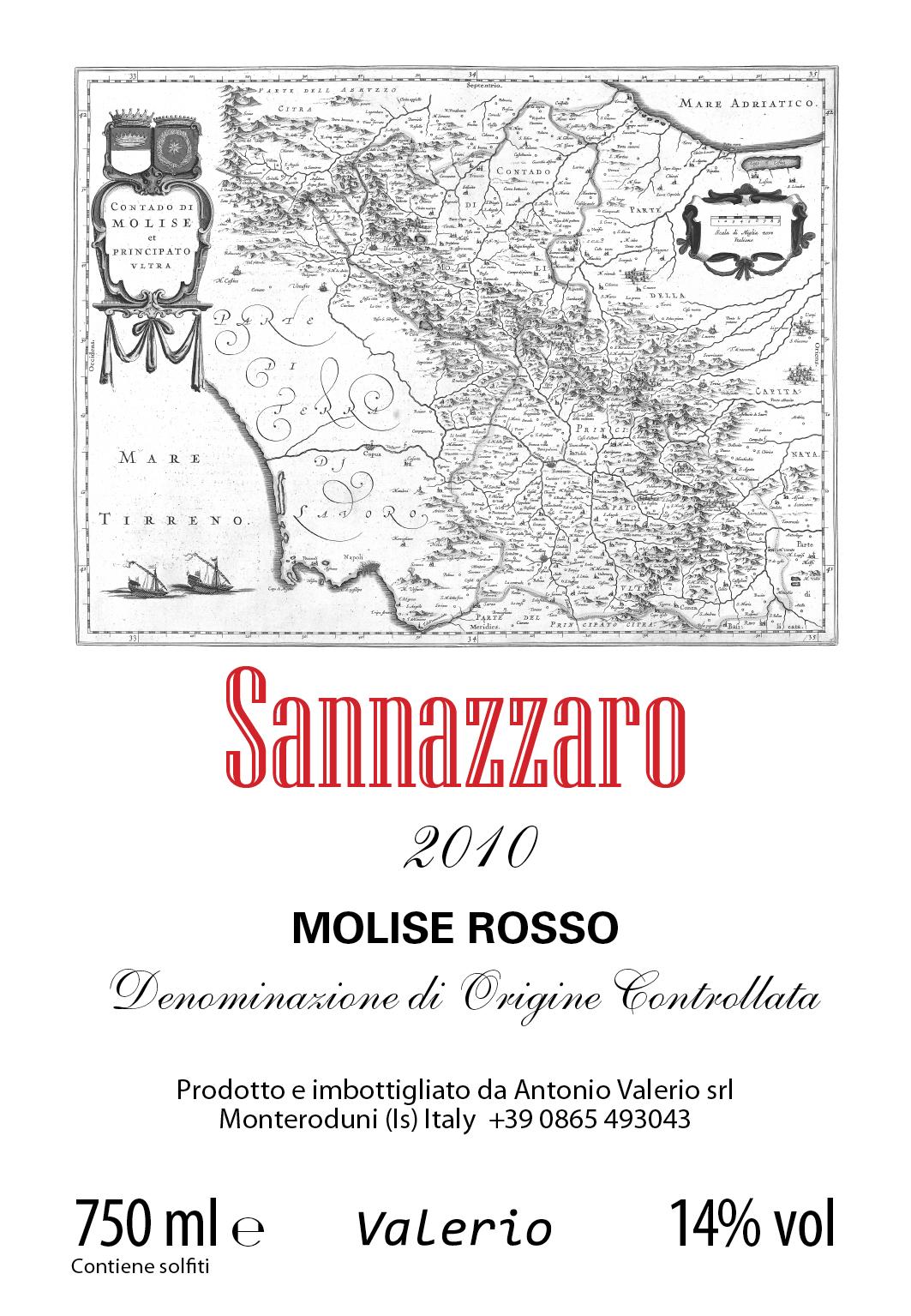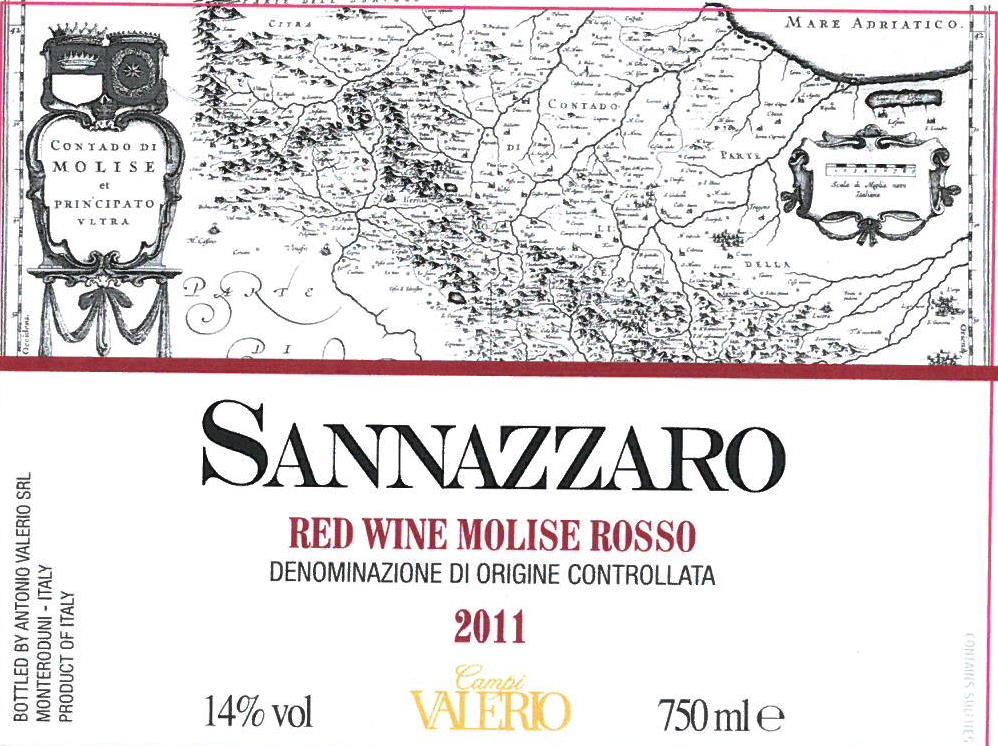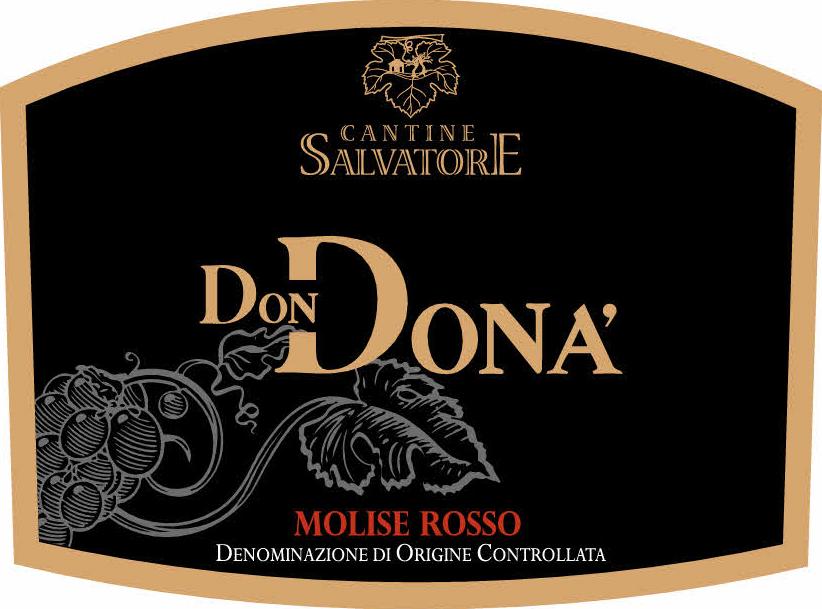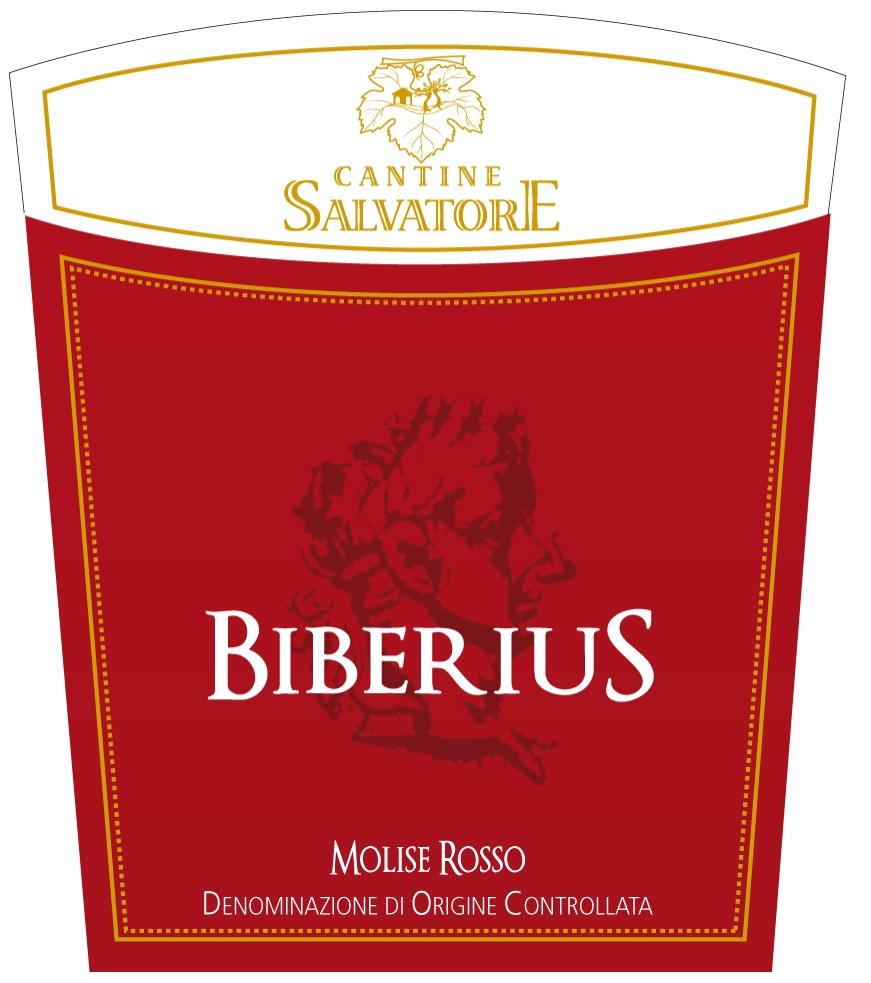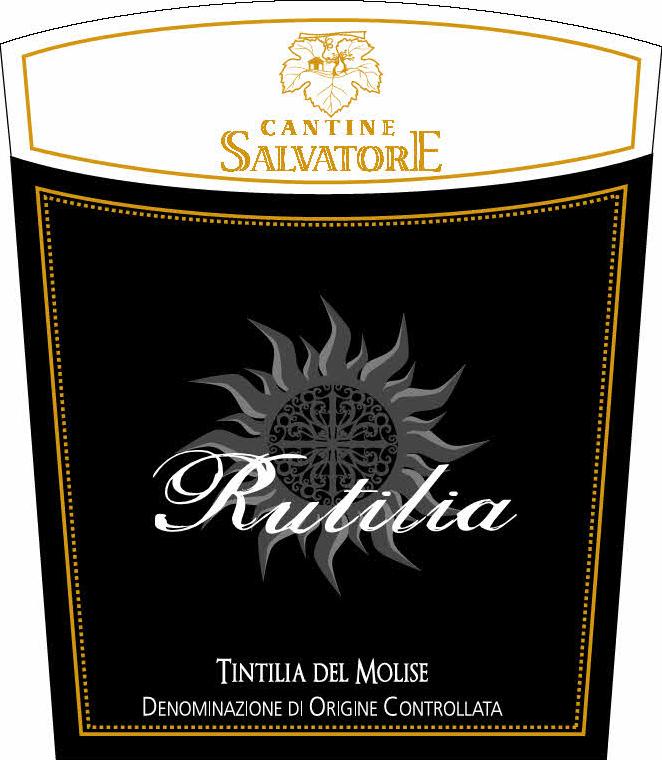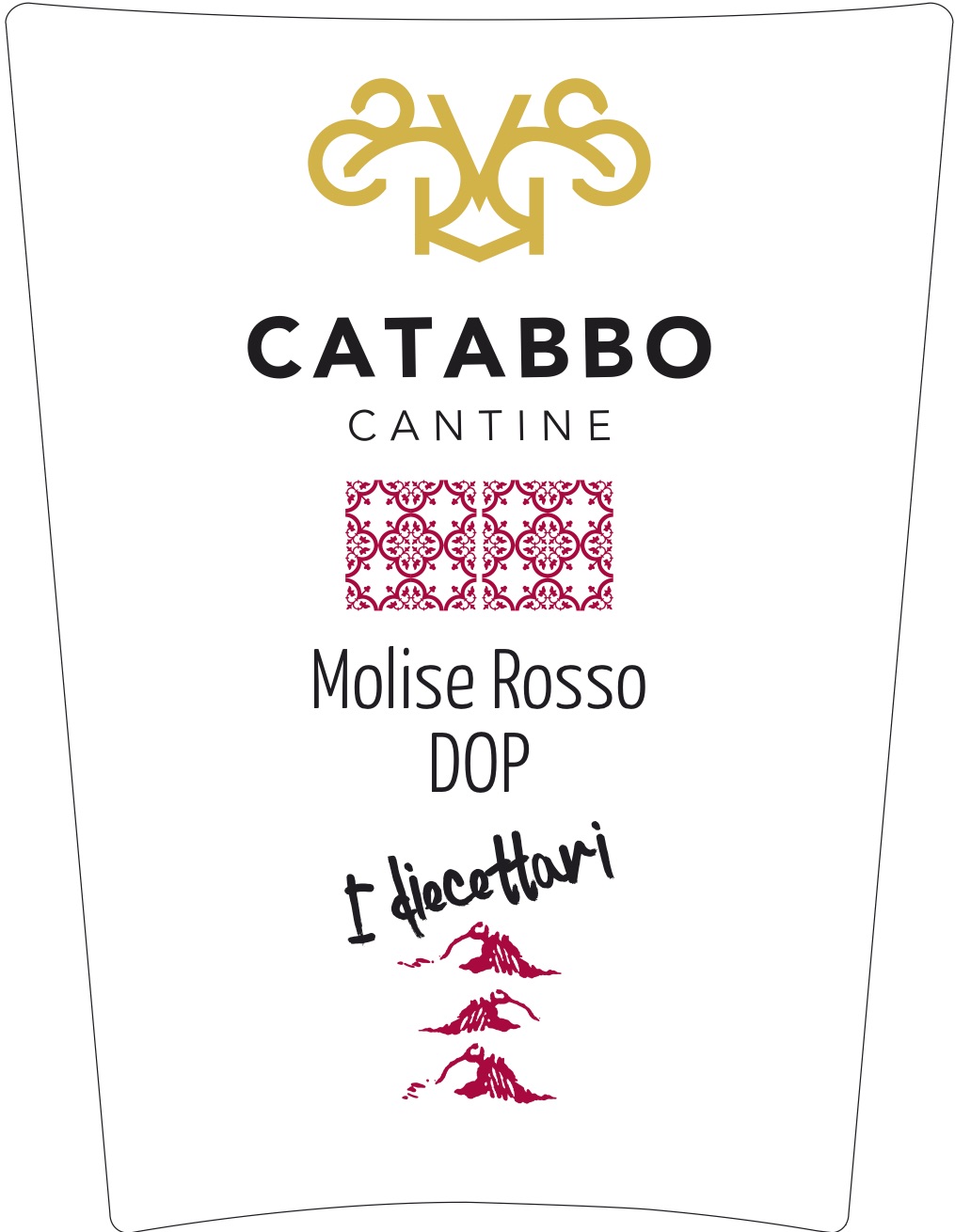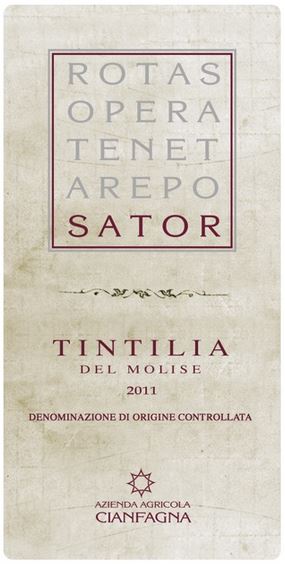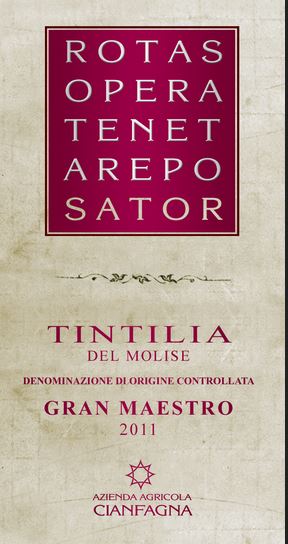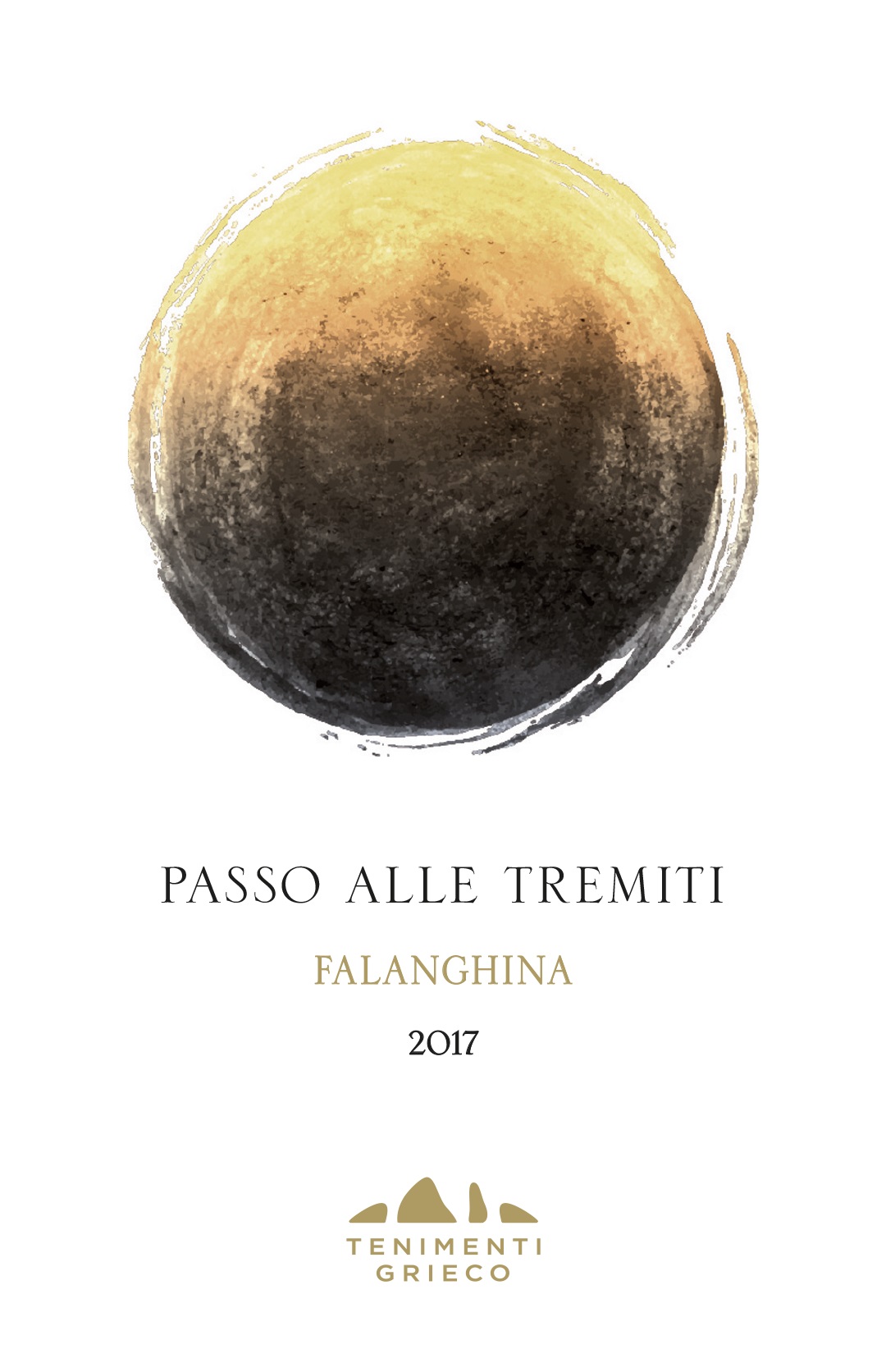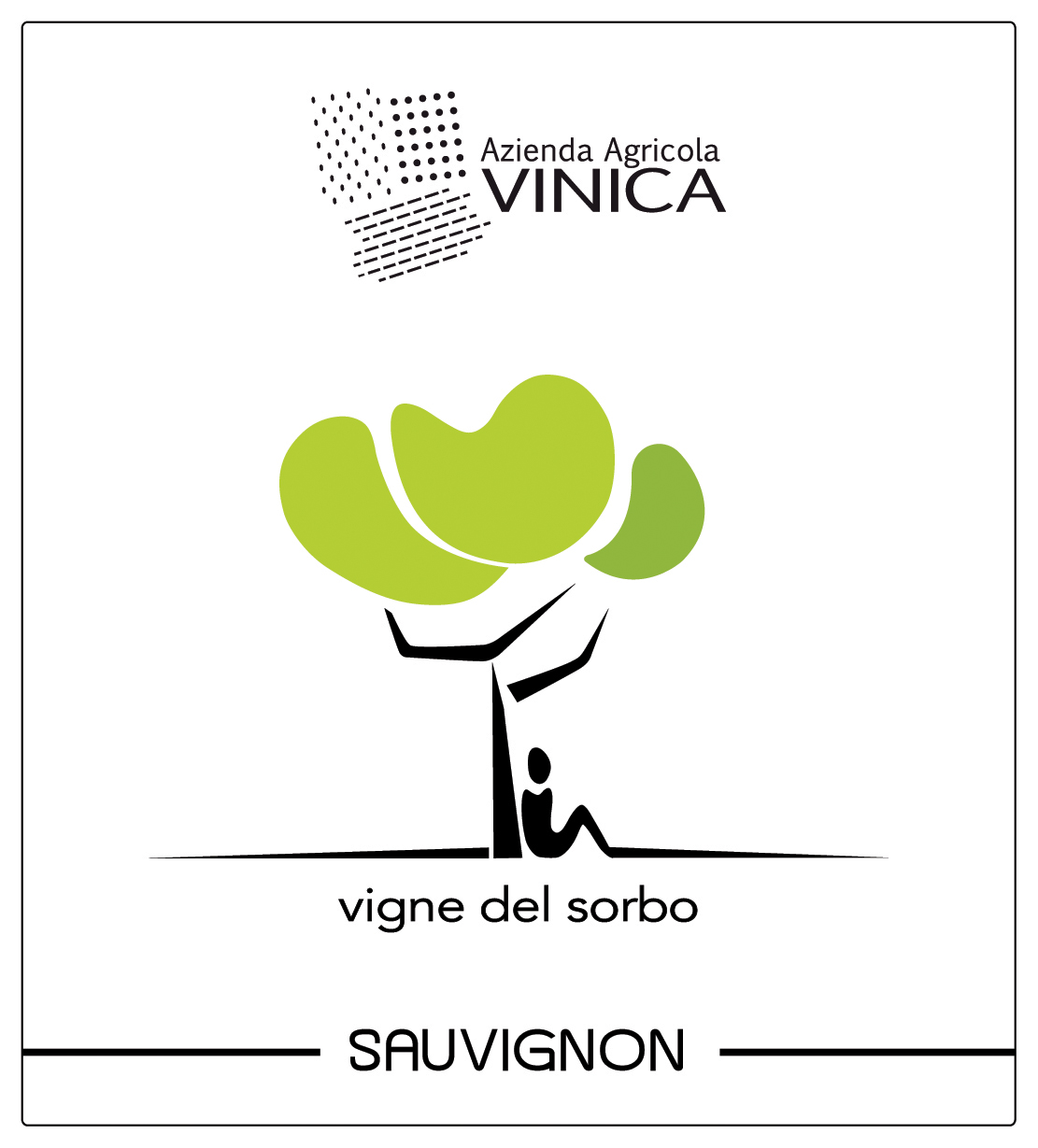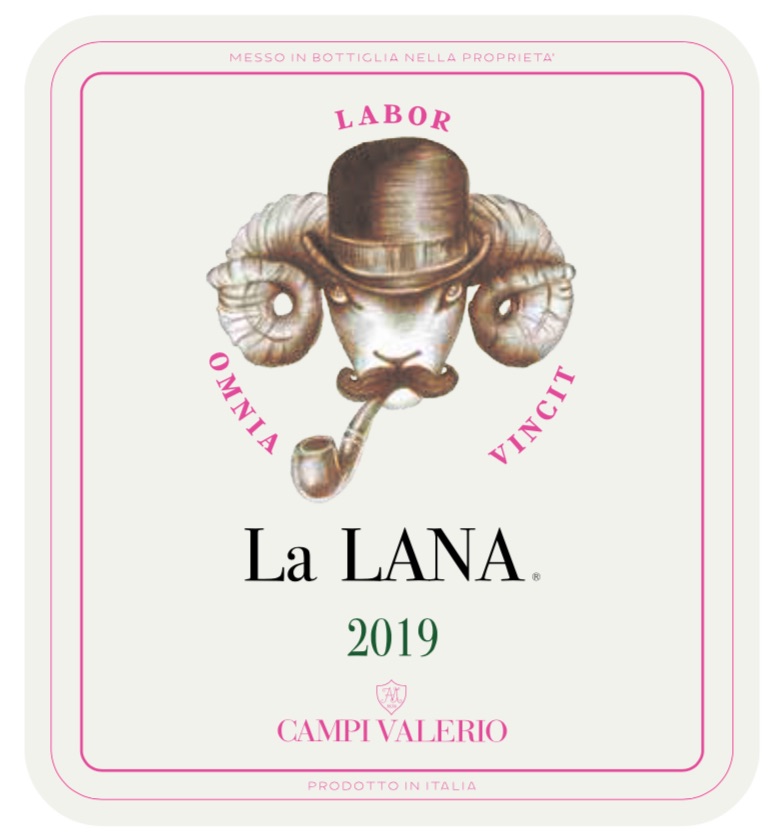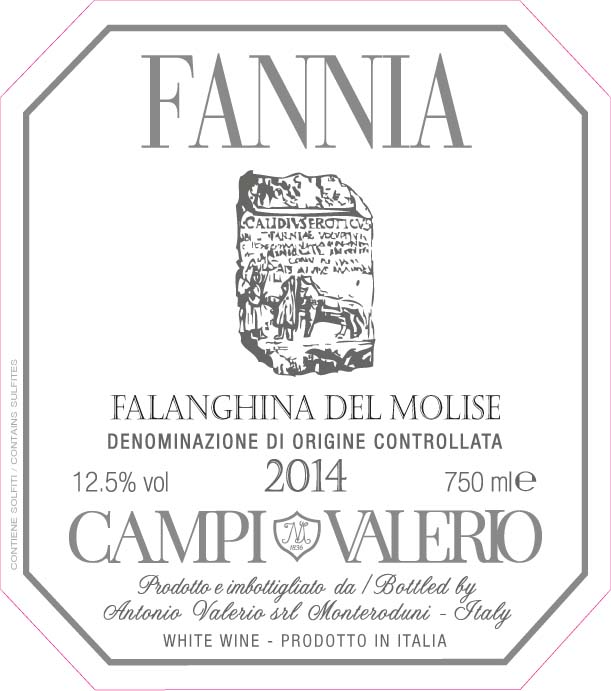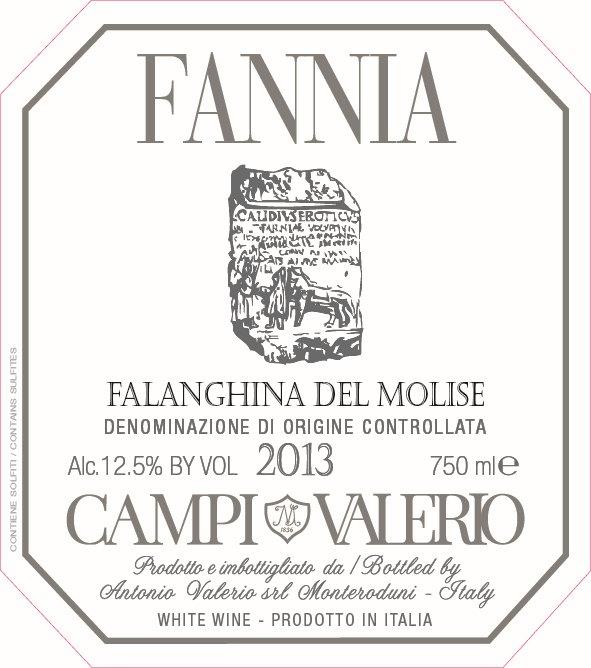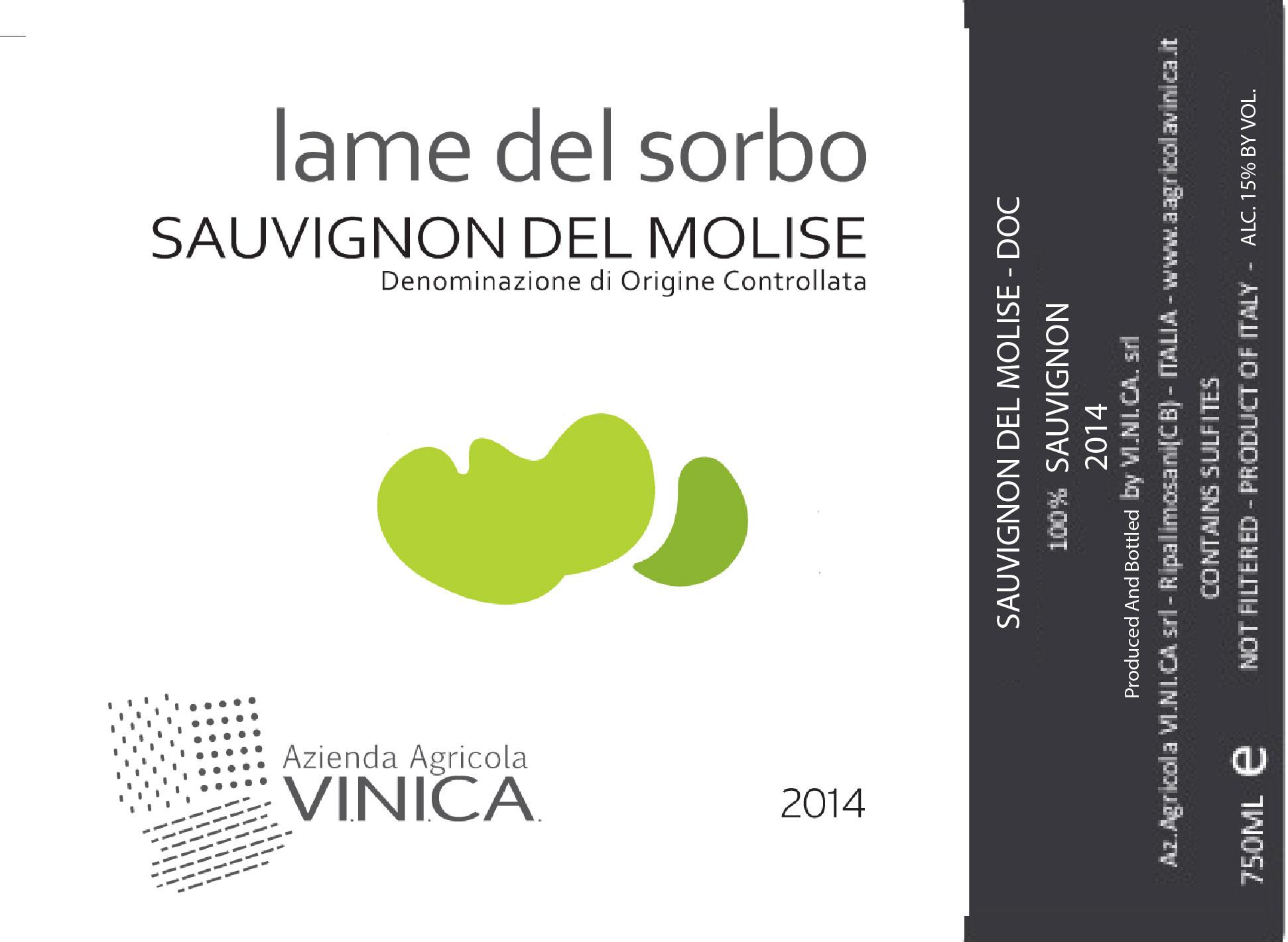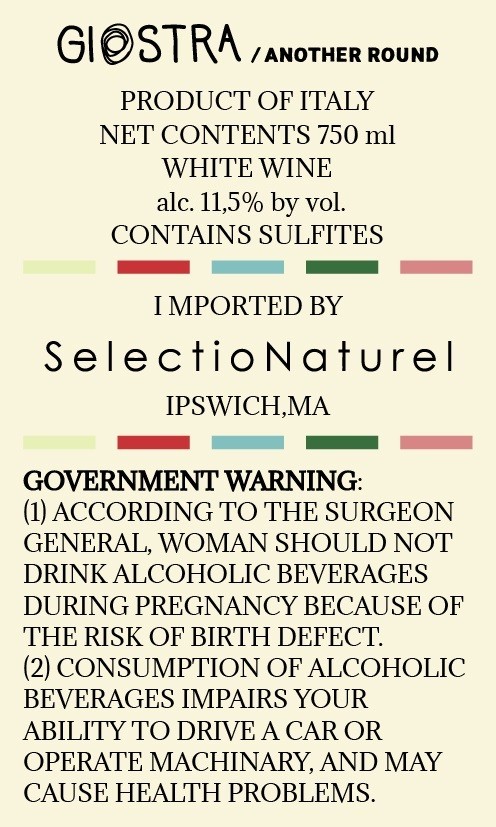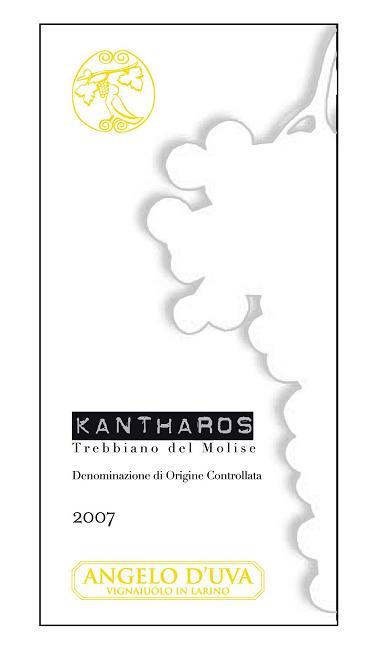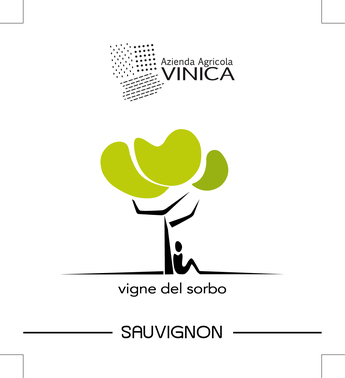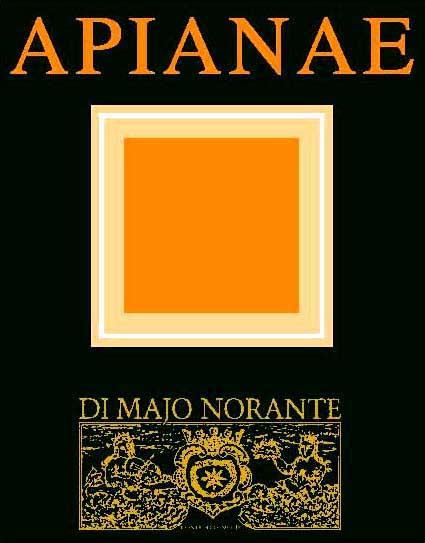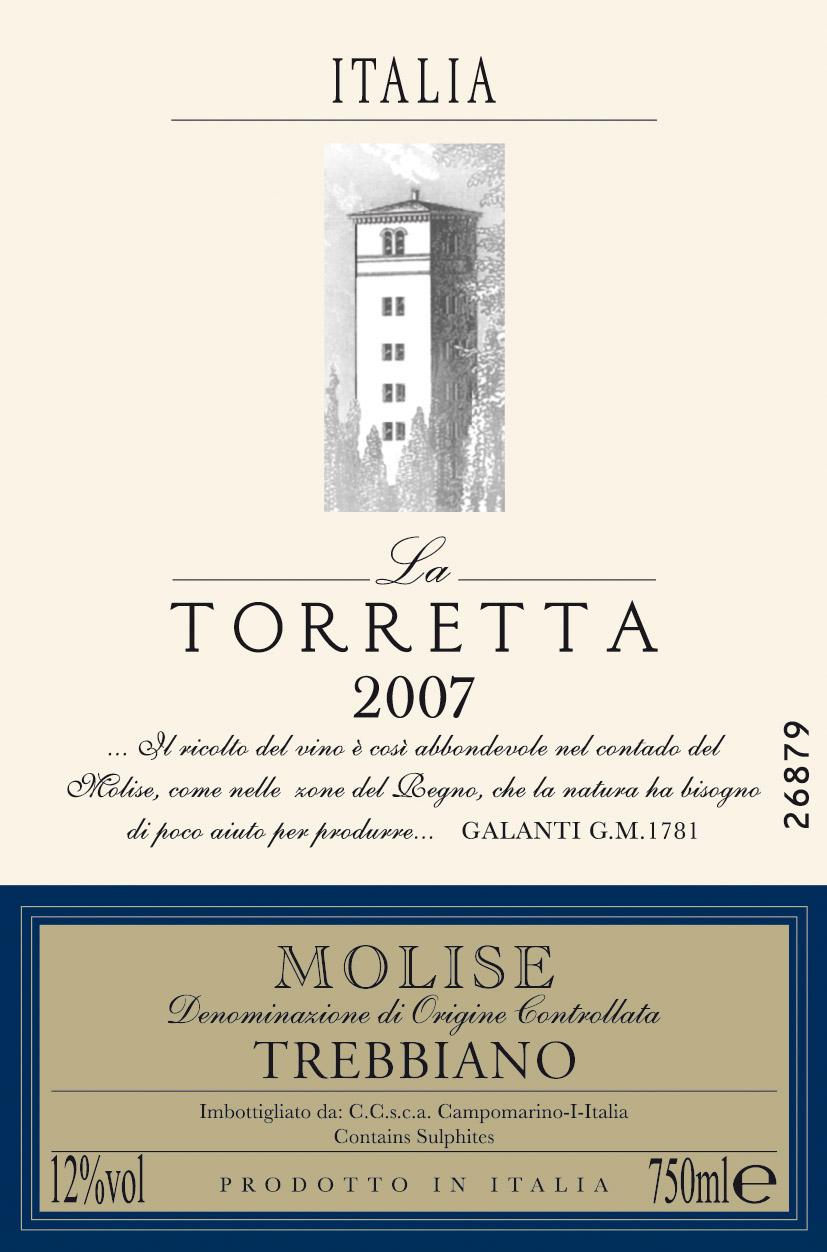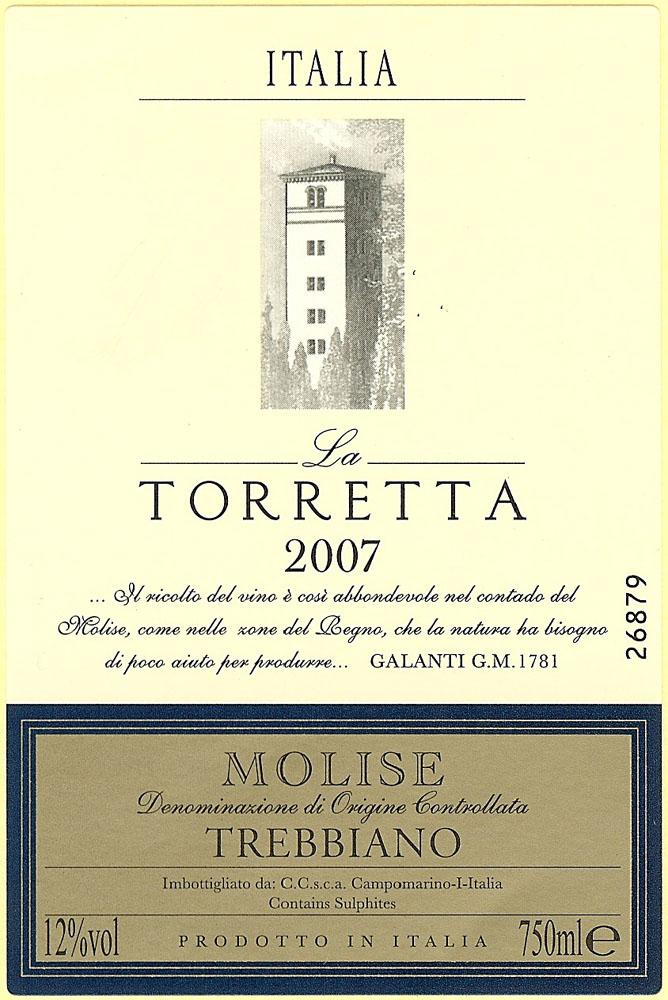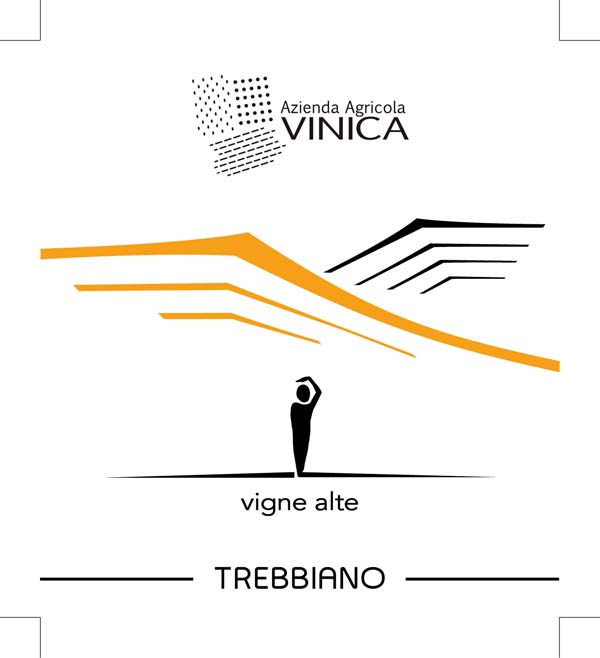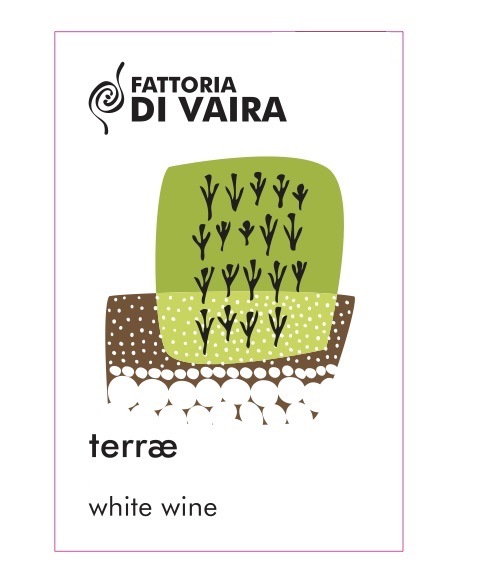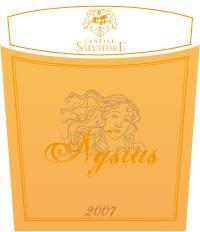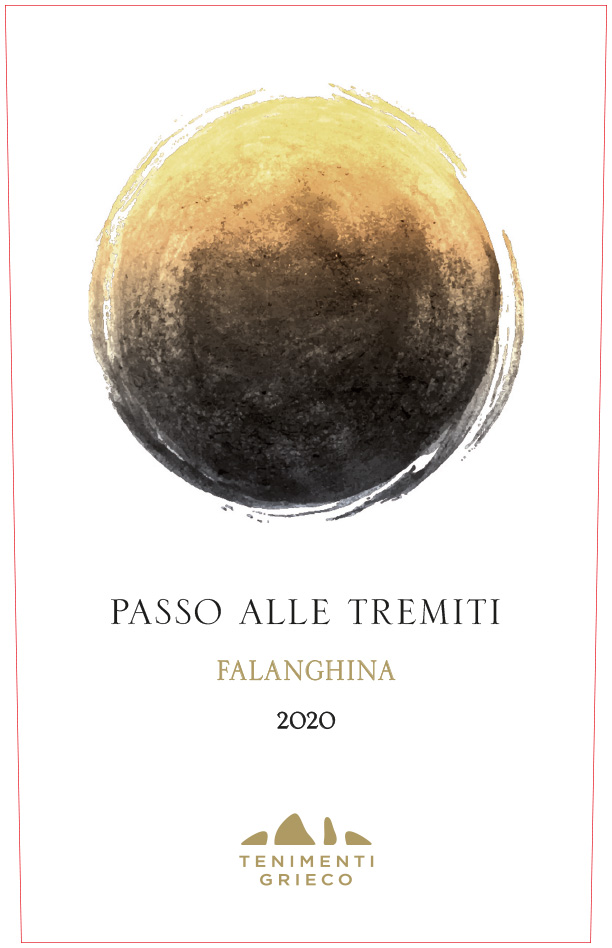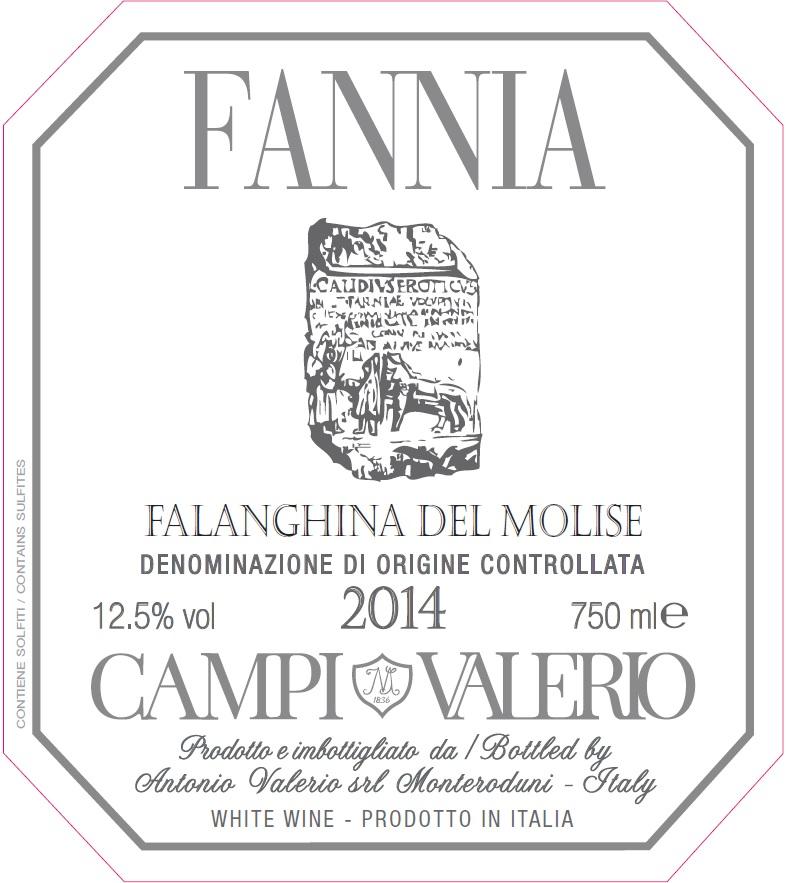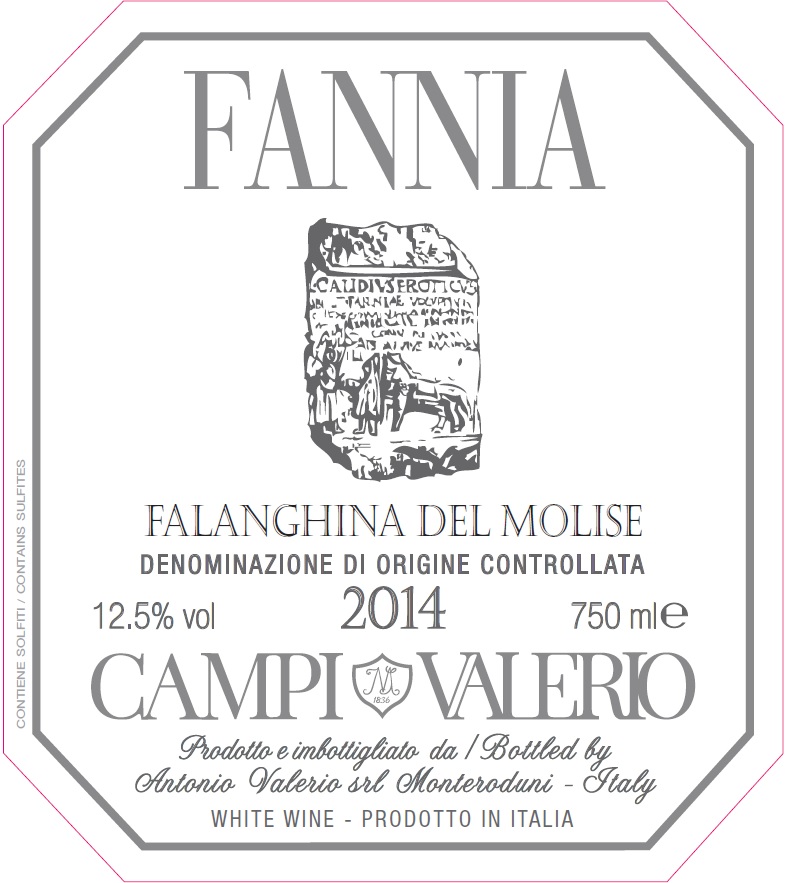Terroir of Molise
Molise's terroir, nestled between the Apennine Mountains and the Adriatic Sea, is as intriguing as its ancient vineyards. With 58% mountains and 42% hills, the region boasts a variety of microclimates. Vineyards thrive from sea level to 600 meters, benefiting from Mediterranean warmth near the coast and cooler continental climates inland. This diverse climate is unified by dramatic day-to-night temperature changes, crucial for maintaining grape acidity and freshness.
The soils are equally varied, featuring limestone, clay, and sandy compositions. These diverse soils shape Molise's wines, with limestone lending minerality, clay aiding water retention, and sandy loam contributing to full-bodied profiles. The region's unique geological and climatic conditions foster wines of remarkable complexity and character, echoing the ancient traditions and artisanal practices that define Molise.
Notable Wineries in Molise
Molise, a hidden gem nestled between mountains and the sea, is gaining recognition for its exceptional wineries. Leading the charge is Di Majo Norante, an internationally acclaimed producer located in Campomarino, known for its organic wines that blend tradition with modernity. Meanwhile, Claudio Cipressi is celebrated for reviving the Tintilia grape, crafting wines that reflect the true spirit of the region. Not to be overlooked, Cantine Catabbo in San Martino offers a range of organic wines, including a unique Amphora-aged Tintilia.
Further exploring Molise’s terroir, Campi Valerio showcases native grapes through eco-friendly practices, while Borgo di Colloredo emphasizes sustainability with its Biferno DOC wines. Lastly, Tenimenti Grieco in Portocannone impresses with its modern approach and commitment to sustainability.
Sustainable Winemaking in Molise
Molise, Italy’s hidden gem, excels in sustainable winemaking, seamlessly blending tradition with modern eco-conscious practices. This untouched region naturally aligns with sustainable viticulture, driven by passionate, independent producers rather than regulations. They focus on preserving Molise’s pristine environment through organic farming, integrated pest management, and biodiversity-promoting techniques.
In Molise, enriching the soil and maintaining balanced ecosystems are key. Natural fertilizers and cover crops create habitats for beneficial insects, a-lining with global organic standards. Winemakers also prioritize resource management, using solar energy and purified water to reduce environmental impact. These thoughtful practices ensure that Molise's wines not only capture the unique character of the region but also safeguard its natural beauty for future generations.
Wine Tourism in Molise
Molise’s wine tourism offers an authentic journey into Italy’s lesser-known viticultural landscape.
It features two main routes: the Coastal Route and the Mountain Route. The Coastal Route begins in Termoli and passes through the Biferno DOC region, highlighting key wineries like Di Majo Norante and Cantine Catabbo. The Mountain Route explores the Pentro di Isernia DOC in Isernia province, with producers like Campi Valerio.
Visitors can immerse themselves in Molise’s culture, enjoying ancient sites and the National Park of Abruzzo-Lazio-Molise. The regional cuisine pairs perfectly with local wines, making for a delightful experience.
Tintilia and Biferno Rosso Riserva complement hearty dishes, while Falanghina and Trebbiano pair well with lighter fare. For a personalized experience, consider guided tours by operators such as Molise Cuisine, ensuring a rich exploration of Molise’s winemaking traditions.



